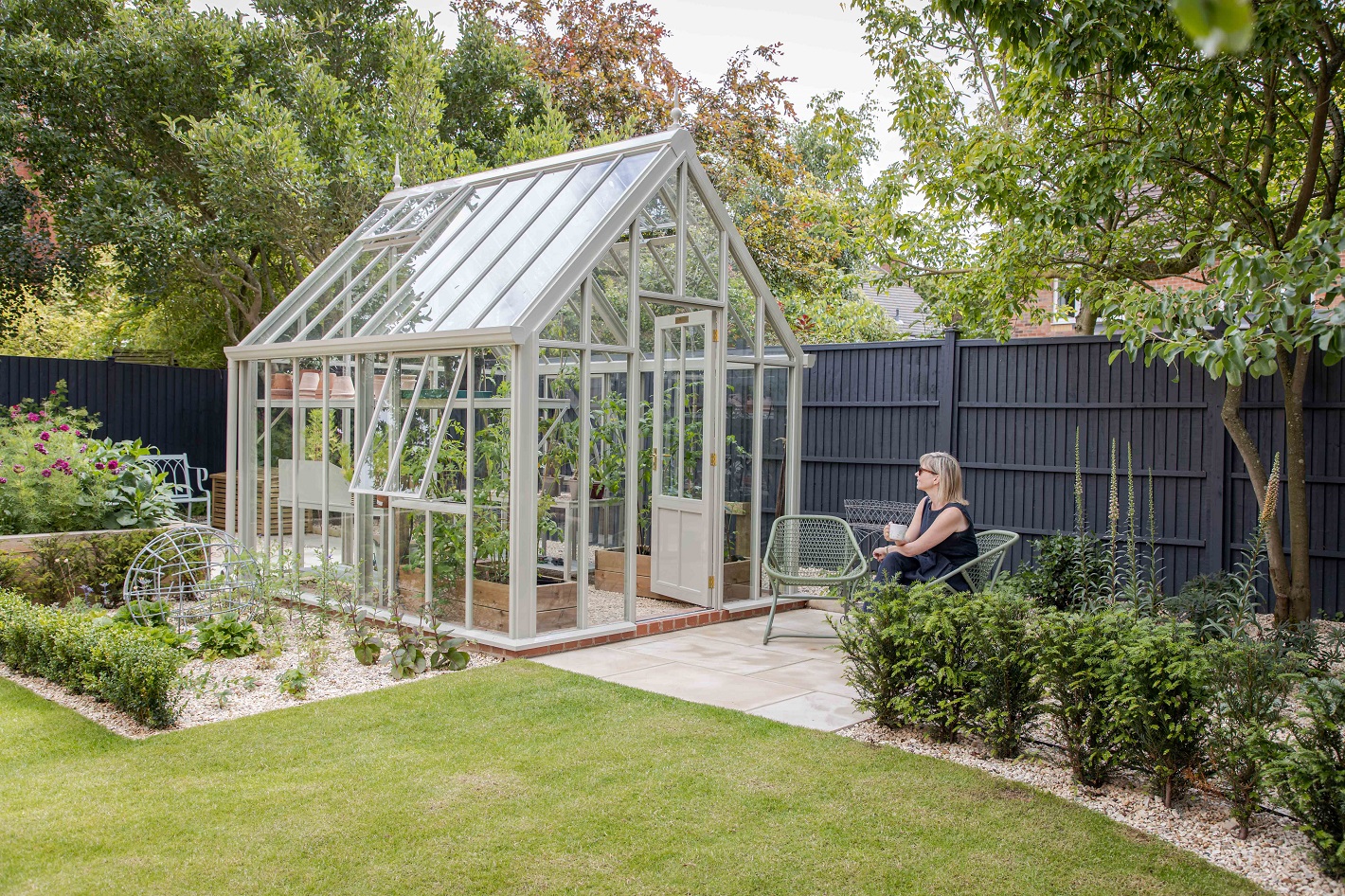Other Structures
a. Glasshouse:
- Refers to a fully enclosed structure made of glass with a metallic or wooden frame.
- It provides maximum control over temperature, humidity, and light and allows cultivation of high-value vegetables, flowers, and exotic crops.
- Example Crops: Tomato, cucumber, roses, orchids, gerbera.
- Higher air infiltration (ventilation) inside glass house due to space between glass cover units which leads to lower interior humidity, which is advantageous for disease prevention.
- Higher initial cost than double-layered film plastic green houses.
- Durable but easily breakable ( plastic needs to be replaced 3-4 years)

Advantages:
- Excellent light transmission.
- Highly controllable environment suitable for precision horticulture.
- Suitable for year-round cultivation.
Limitations:
- High initial investment and maintenance cost.
- Requires electricity for temperature control and ventilation.
- Fragile; glass may break during storms or hail.